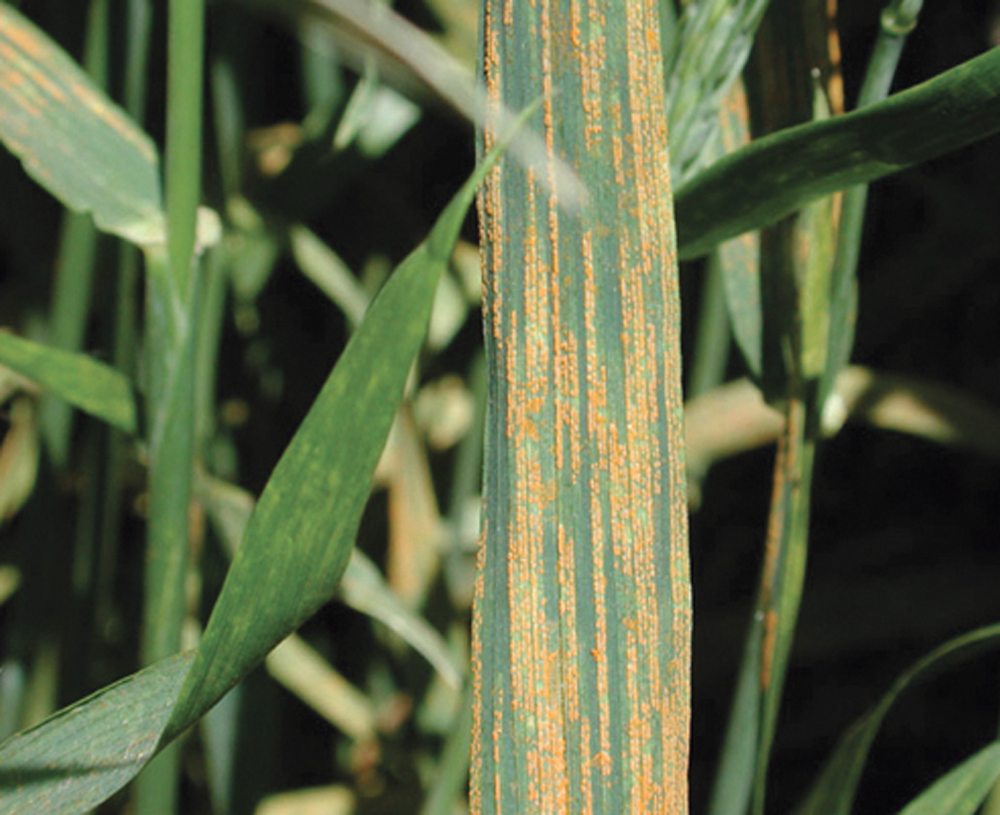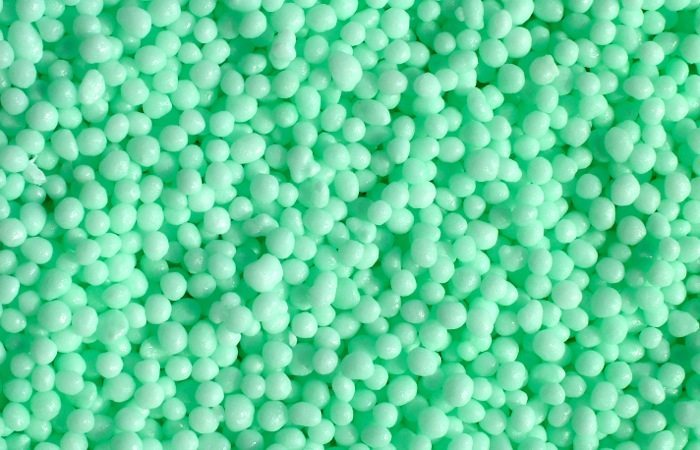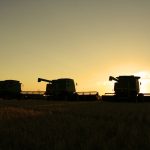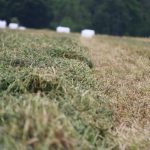If you want to grow a potato crop with decent yield and quality, adding nitrogen mid-season is a given.
Putting it all down early in the season can promote top growth and slow tuber set, lowering yield. Or you can lose it to leaching from heavy rainfall or gassing off.
As a result, many growers have moved to split applications – some at planting, followed by a top dressing later. The most common applications are a granular broadcast or a liquid application using irrigation equipment.
Read Also
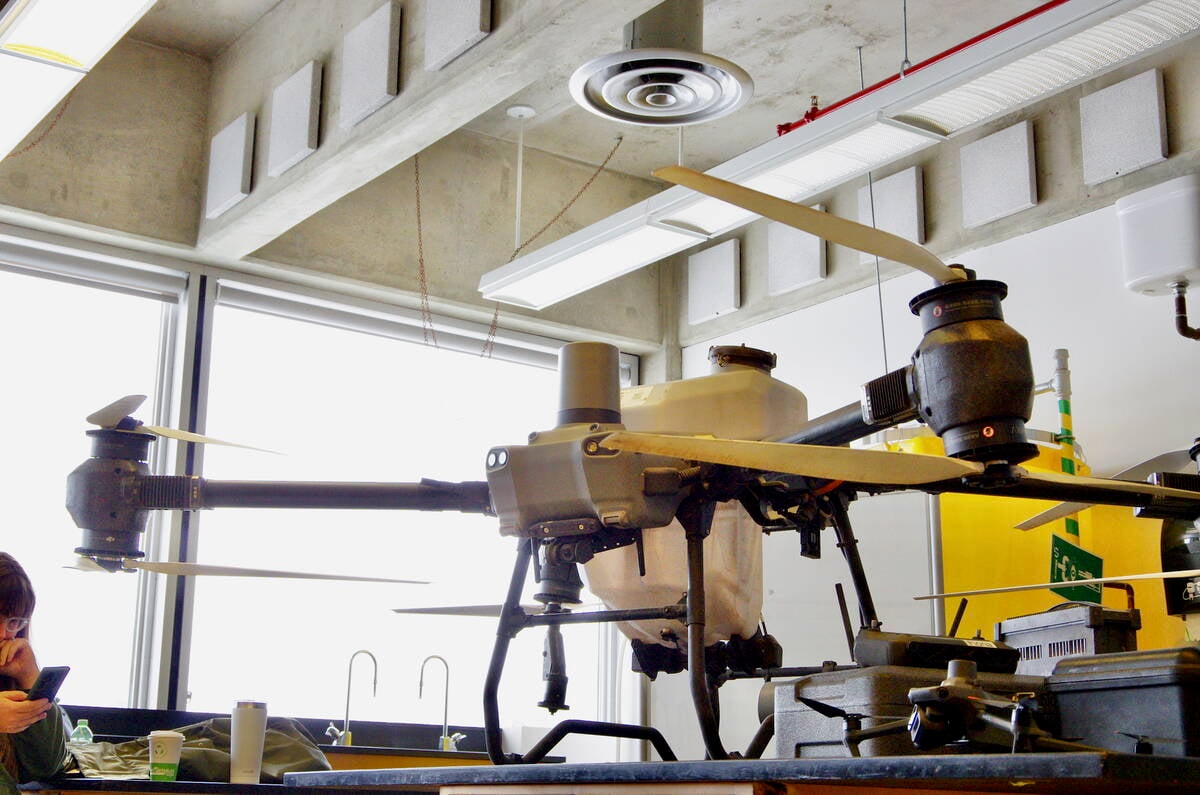
Manitoba trials work toward drone spraying approvals
Canada’s PMRA says pesticides need drone-specific labels before drone spraying can take off; Manitoba crop trials are adding data towards that approvals process.
But even this route is not without challenges. Wet fields can prevent in-season applications or limit the use of irrigation, resulting in nutritionally deficient fields. There is also the hassle and cost of an infield operation.
Michele Konschuh, a potato research scientist with Alberta Agriculture and Rural Development based in Brooks, has been experimenting with a new product she said addresses a number of these concerns.
It’s a urea granule with a difference – it comes swaddled in a polymer coating that holds the nitrogen in the granule until soil moisture and temperature break it down and release it later in the season.
“It’s not necessarily a perfect relationship between nitrogen release and plant needs, but it does seem to work and it seems to have a number of benefits,” Konschuh told theManitoba Co-operatorrecently. “Agrium, the company that developed it, says that the peak release comes about 45 days after it’s applied.”
Carl Rosen, a University of Minnesota potato production researcher, says growers who have worked with the product like its simplicity. It lets them either apply all their nitrogen at the time of planting or relatively early in the season.
“Field operations are always an expense and take time, and it’s not like fertigation is free either,” Rosen said. “You need the equipment, you need to monitor it, and the growers I’ve spoken to say this really limits the amount of labour they need in season.”
Both researchers say there are limitations to the technology, most importantly revolving around short growing seasons and cool temperatures. Because it takes time for the coating to release the urea, Rosen said they’ve seen the best results with early applications. There also seems to be differences depending on what variety is being grown and whether it’s a long-or short-season crop.
“We’re seeing the best results on long-season, indeterminate varieties – it really works well on Russet Burbank,” Rosen said.
Konschuh said Alberta growers have found the same sort of division, but that they’re also had good luck experimenting with blended applications that combine both coated and non-coated urea.
“They’ve seen good response with a 50-50 blend,” she said. “It also means that you don’t have all your eggs in one basket with an early-season application.”
In fact, she says the results have been so good that growers in her area have been using blended applications for all their crops.
The product has been used in high-value horticulture operations for decades. But it’s only with Agrium’s recent ESN product that the price point has fallen enough for it to be used in field crops, says Rosen.
“This isn’t anything new, but until now it’s been too expensive,” he said. “It’s the first time we’ve been able to use it in the middle ground for a high-value field crop like potatoes.”
Ray Dowbenko, a Calgarybased agronomist for Agrium, says depending on the retailer, who sets the final price, he estimates it costs between 14 to 15 cents per pound.
“You apply less, because you’re going to lose less,” he said. “We’re also seeing a higher yield – about three tons an acre.”
Plus, producers are spared the labour and cost of an in-season application.
All three urged growers to take the time to evaluate whether it is a fit for their operation. In a lot of cases it can boil down to just how much of a risk loss after application can be, and there can be a clear use pattern emerge based on that.
“In Manitoba, my impression is that there are some users experimenting with it, and they’re typically on sandier soils where leaching is a risk, like around the Carberry area,” Dowbenko said.
Overall, however, the western Canadian researcher who’s done the most work of it is giving it a modest endorsement.
“We had good luck with it, so I’m cautiously advising growers to try it,” says Konschuh. “But I’m also telling them to not use all ESN. I recommend a blend.”
———
“Youapplyless,becauseyou’regoing toloseless.We’realsoseeingahigher yield–aboutthreetonsanacre.”
– RAY DOWBENKO, CALGARY-BASED AGRONOMIST FOR AGRIUM


